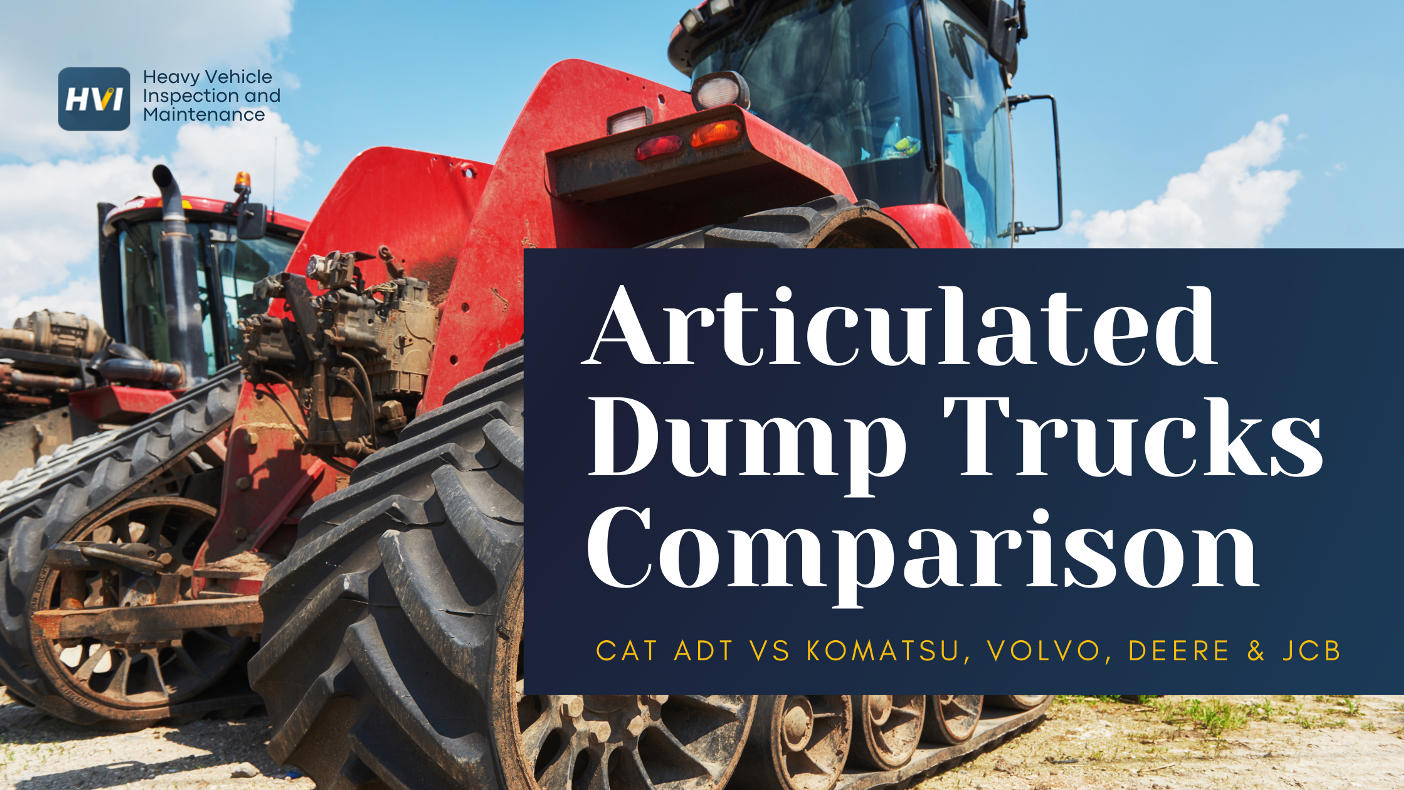Synthetic oil versus conventional oil in heavy equipment represents a critical decision that affects 89% of construction fleets, with the cost premium creating annual budget impacts of $45,000-$85,000 per 20-machine fleet while delivering potential savings of $65,000-$125,000 through enhanced performance and extended intervals. Industry data reveals that synthetic oil costs 60-80% more than conventional alternatives but provides 40-60% longer service intervals, 35% better engine protection, and 25% reduced maintenance costs when properly implemented across compatible equipment portfolios. Understanding the true cost-benefit analysis enables informed decisions that optimize fleet performance while controlling total lubrication expenses across demanding construction environments.
This comprehensive analysis eliminates confusion from synthetic versus conventional oil decisions, providing data-driven insights that quantify real-world benefits against actual costs. More importantly, it delivers proven frameworks for evaluating oil selection suitability, calculating return on investment, and optimizing lubrication strategies that maximize equipment protection while achieving sustainable cost management across diverse construction fleet operations.
Annual Fleet Oil Investment Impact
Need Expert Guidance on Oil Selection Strategy?
Discover proven cost-benefit analysis tools and optimization strategies for fleet lubrication decisions.
Comprehensive Cost-Benefit Analysis: Synthetic vs Conventional Oil
Heavy equipment oil selection requires analyzing five critical cost factors: initial product pricing, service interval economics, equipment protection benefits, maintenance cost impacts, and long-term reliability improvements. Synthetic oils command 60-80% price premiums but deliver measurable benefits through extended intervals, enhanced protection, and reduced total cost of ownership when properly matched to equipment requirements and operating conditions.
Performance Benefits Analysis: When Synthetic Oil Delivers Value
Synthetic oil performance advantages become most pronounced under extreme operating conditions including high temperatures, heavy loads, extended duty cycles, and challenging environmental factors. Understanding when synthetic benefits justify premium costs enables strategic oil selection that optimizes protection and cost-effectiveness across diverse equipment portfolios and application requirements.
Equipment utilization rates, operating environments, and maintenance capabilities significantly influence synthetic oil value propositions. High-utilization equipment achieving 1,500+ annual operating hours benefits most from synthetic oil investments, while seasonal or light-duty applications may achieve better cost-effectiveness with high-performance conventional alternatives.
- ✓ High-Utilization Equipment operating 1,500+ hours annually with maximum interval benefits
- ✓ Extreme Temperature Operations in desert, arctic, or high-altitude conditions
- ✓ Heavy-Duty Applications with continuous operation and severe load conditions
- ✓ Remote Operations where maintenance access is limited and reliability is critical
- ✓ High-Value Equipment where engine protection justifies premium lubrication costs
- ✓ Fleet Optimization Programs targeting reduced maintenance costs and improved efficiency
Equipment-Specific ROI Calculations
Return on investment varies significantly by equipment type, operating conditions, and utilization patterns. Large excavators and haul trucks typically achieve fastest payback periods due to high oil capacities and utilization rates, while smaller equipment requires careful analysis to determine cost-effectiveness of synthetic oil conversions.
Professional ROI analysis considers equipment value, remaining useful life, operating intensity, and maintenance costs to determine optimal lubrication strategies. This data-driven approach ensures synthetic oil investments deliver positive returns while avoiding unnecessary premium costs for applications where conventional oils provide adequate protection.
- $ Large Excavators (50,000+ lbs): 12-16 month payback with $18,000-$28,000 annual benefits
- $ Haul Trucks (100+ tons): 14-18 month payback with $25,000-$35,000 annual savings
- $ Dozers (Cat D8+): 16-20 month payback with $15,000-$25,000 annual benefits
- $ Medium Equipment: 18-24 month payback with $8,000-$15,000 annual advantages
- $ Compact Equipment: 24-36 month payback requiring careful cost-benefit evaluation
- $ Specialty Equipment: Variable ROI based on utilization and operating conditions
Implementation Strategy for Optimal Cost-Effectiveness
Successful synthetic oil implementation requires strategic deployment that prioritizes highest-value applications while managing conversion costs and compatibility risks. Phased approaches enable validation of benefits and optimization of procedures before fleet-wide implementation, ensuring positive return on investment and operational reliability.
Professional implementation planning includes equipment assessment, cost-benefit analysis, conversion protocols, and performance monitoring systems that maximize synthetic oil benefits while controlling total implementation costs. This systematic approach ensures optimal outcomes and sustainable competitive advantages through enhanced lubrication programs.
- 1 Target highest-utilization equipment with $25,000-$45,000 investment for immediate ROI
- 2 Implement comprehensive cost tracking and performance monitoring systems
- 3 Establish baseline metrics for interval extensions and maintenance cost reductions
- 4 Deploy oil analysis programs for performance validation and optimization opportunities
- 5 Document benefits and refine procedures for fleet-wide deployment planning
- 6 Calculate actual ROI and adjust implementation strategy based on real-world results
- 1 Expand synthetic oil deployment based on proven ROI and equipment suitability
- 2 Negotiate bulk purchasing agreements for $15,000-$25,000 additional annual savings
- 3 Integrate synthetic oil programs with preventive maintenance scheduling systems
- 4 Implement advanced oil analysis and condition monitoring for optimal intervals
- 5 Develop hybrid strategies using synthetic oils for critical applications only
- 6 Create continuous improvement protocols for ongoing cost and performance optimization
Decision Framework: When Conventional Oil Remains Optimal
Conventional oil continues providing optimal cost-effectiveness for specific applications including low-utilization equipment, seasonal operations, older machines with compatibility concerns, and budget-constrained fleets. Understanding when conventional oil delivers superior value prevents unnecessary premium expenses while ensuring adequate equipment protection.
High-performance conventional oils with advanced additive packages bridge the gap between standard formulations and full synthetic products, offering enhanced protection at moderate cost premiums. These alternatives provide optimal solutions for applications where synthetic oil benefits don't justify full premium costs but enhanced protection remains beneficial.
- ◆ Low-Utilization Equipment operating less than 800 hours annually with limited interval benefits
- ◆ Seasonal Operations where equipment sits idle for extended periods reducing interval advantages
- ◆ Older Equipment with compatibility concerns requiring seal assessment before synthetic conversion
- ◆ Budget-Constrained Fleets prioritizing immediate cost control over long-term optimization
- ◆ Standard-Duty Applications with moderate operating conditions and conventional oil adequacy
- ◆ Equipment Near Replacement where synthetic oil investments won't achieve full ROI
Advanced Cost Optimization Strategies
Sophisticated fleet managers implement hybrid lubrication strategies that optimize cost-effectiveness across diverse equipment portfolios through selective synthetic oil deployment, bulk purchasing programs, and condition-based maintenance scheduling. These approaches maximize benefits while minimizing unnecessary premium expenses through strategic oil selection.
Technology integration enables real-time cost tracking, performance monitoring, and optimization opportunities that continuously improve lubrication program effectiveness. Digital platforms provide data-driven insights for refining oil selection decisions and maximizing return on lubrication investments across changing operational requirements.
- ? Hybrid Strategies using synthetic oils for critical equipment and conventional for secondary machines
- ? Bulk Purchasing Programs achieving 15-25% cost reductions through volume negotiations
- ? Condition-Based Intervals optimizing change timing through oil analysis data
- ? Synthetic Blend Alternatives providing 75% of benefits at 50% of premium costs
- ? Performance Monitoring tracking ROI and identifying optimization opportunities
- ? Dynamic Adjustment modifying strategies based on changing operational requirements
Long-Term Value and Fleet Optimization
Synthetic oil investments deliver compounding benefits over equipment lifecycles through enhanced reliability, extended component life, and reduced total cost of ownership. Understanding long-term value creation enables strategic decisions that optimize fleet performance while building sustainable competitive advantages through superior lubrication programs.
Equipment resale values benefit from documented synthetic oil maintenance programs that demonstrate superior care and enhanced component condition. Comprehensive maintenance records with synthetic oil usage support higher resale prices and improved trade-in values that offset premium lubrication costs while building fleet equity.
Strategic Decision Framework for Oil Selection Excellence
The synthetic versus conventional oil decision requires comprehensive analysis balancing initial costs with long-term benefits across equipment portfolios and operational requirements. While synthetic oils command significant premiums, their benefits in extended intervals, enhanced protection, and reduced maintenance costs often justify investments for high-utilization equipment and demanding applications.
Construction companies that carefully evaluate oil selection decisions achieve optimal lubrication program outcomes through data-driven analysis and strategic implementation. Understanding cost-benefit relationships, equipment-specific requirements, and operational factors enables informed decisions that optimize protection while controlling costs and improving operational efficiency.
The construction industry's focus on operational efficiency and cost optimization makes synthetic oil evaluation essential for competitive advantage. Fleet operators who thoroughly analyze synthetic versus conventional alternatives and implement optimal lubrication strategies will achieve superior operational outcomes while maximizing equipment value and minimizing total ownership costs.
Ready to Optimize Your Fleet's Oil Selection Strategy?
Get expert cost-benefit analysis and implementation guidance for optimal lubrication program results.
Book a Demo




